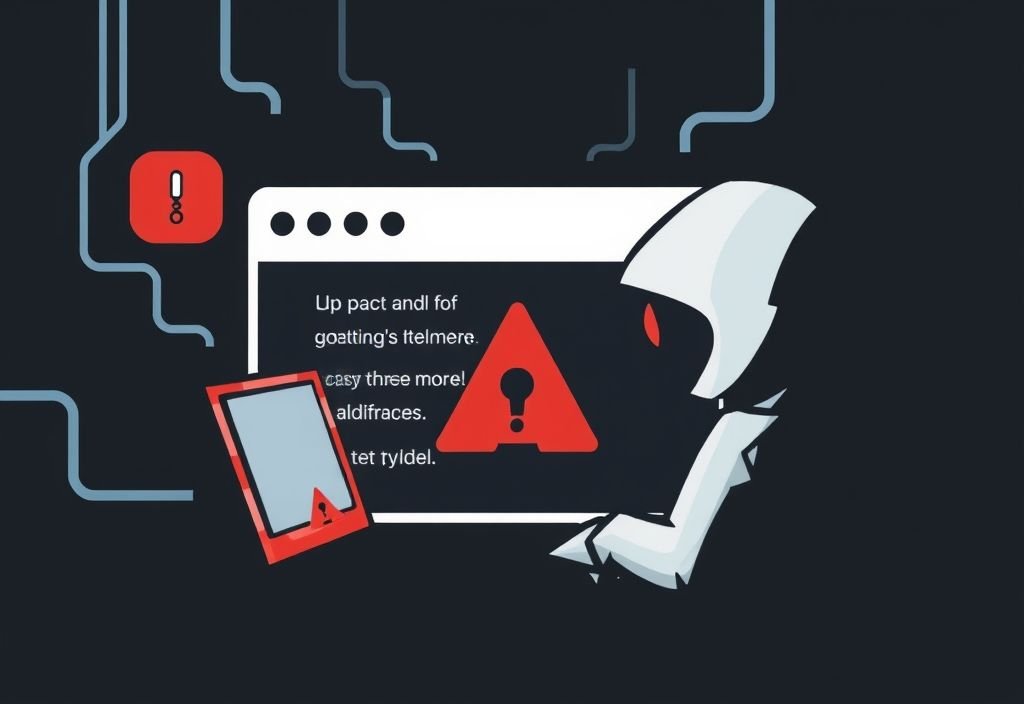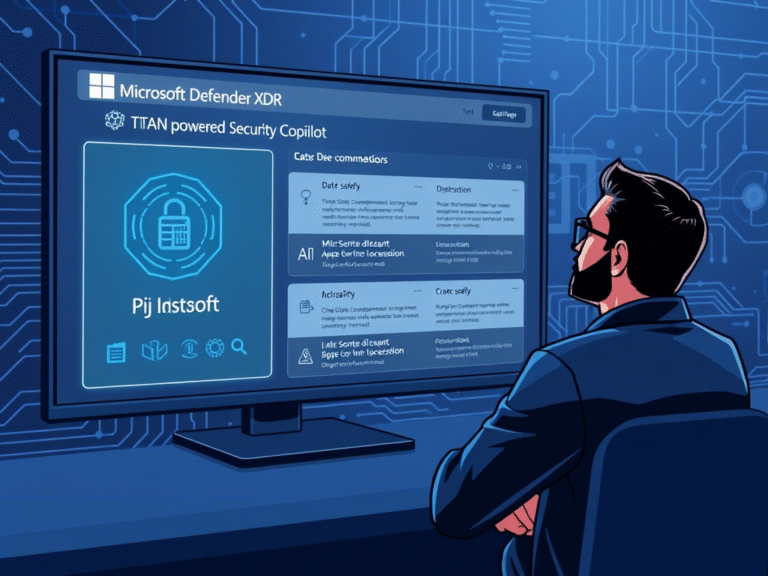
Sneaky Types of Malware to Watch Out for in 2025
Malware is more dangerous than ever. As technology evolves, cybercriminals are finding smarter and harder-to-detect ways to attack users and businesses alike.
Here’s a look at some of the most advanced and deceptive types of malware you should be aware of this year.
1. Polymorphic Malware
This type of malware constantly changes its code to avoid detection. It uses encryption and mutation techniques to alter its appearance every time it replicates, making it difficult for traditional antivirus programs to catch. Even though it keeps changing, its core behavior remains harmful — and that’s what makes it so dangerous.
Cybercriminals use tricks like:
- Code reordering
- Instruction substitution
- Adding useless code
These methods help the malware stay under the radar while spreading quickly.
2. Fileless Malware
Unlike traditional malware, fileless malware doesn’t rely on files to infect your system. Instead, it runs directly from memory (RAM), using built-in tools like PowerShell or WMI to carry out attacks. Because it leaves no trace on the hard drive, it’s extremely hard to detect.
It often starts with a phishing email or malicious link. Once inside, it can steal data, move through networks, and even disable security software — all without leaving behind any suspicious files.
3. Advanced Ransomware
Ransomware has evolved beyond encrypting just your personal files. Today’s versions target entire organizations, stealing sensitive data before locking systems down. Attackers then demand ransom payments — often in the millions — threatening to leak stolen information if victims refuse to pay.
These attacks usually begin with a single infected device and can spread across an entire network, causing major disruptions in critical sectors like healthcare and finance.
4. Social Engineering Malware
This malware relies on tricking people, not exploiting technical flaws. Cybercriminals gather personal details about their targets, build trust, and then manipulate them into clicking malicious links or downloading infected files.
Common tactics include fake emails, urgent messages, or impersonation of trusted contacts. The goal? Get you to hand over login credentials or install malware yourself.
5. Rootkit Malware
Rootkits give attackers hidden access to a system. Once installed, they allow full control over the device, letting hackers install other malware, steal data, or even disable antivirus programs.
They often enter through phishing emails or fake software updates. What makes rootkits especially dangerous is how hard they are to detect — they’re designed to stay hidden while doing serious damage.
6. Spyware
As the name suggests, spyware secretly watches your online activity. It records keystrokes, tracks browsing habits, and steals sensitive data like passwords and credit card numbers.
Spyware often sneaks in through infected apps, malicious websites, or deceptive file attachments. It can slow down devices and compromise privacy without users even realizing it.
7. Trojan Malware
Trojans disguise themselves as legitimate software — like updates or free downloads — to trick users into installing them. Once active, they open the door for other threats, including viruses, ransomware, and keyloggers.
Trojans don’t replicate like viruses but spread through social engineering and phishing campaigns. They can delete files, steal data, or even send spam from your account.





